Hitomi Nomura, The Tartan-Loving Kilt-Maker From Gifu
Bringing Scottish Culture To Japan With Traditional Handmade Kilts
Hitomi Nomura was a Tokyo-based office worker until a dream vacation lit a passion within her for Scotland. Of particular interest was tartan, the patterned cloth of crisscrossed horizontal and vertical bands in multiple colors most associated with the kilt.
When opportunity knocked, Hitomi Nomura embarked on a two-year journey to become skilled in the traditional art of kilt-making, in the Scottish capital of Edinburgh, before returning to her native Gifu to launch her business, Handmadekilts.com.
Today, she is a handmade kilt and tartan skirt maker, driven by a desire to bring a piece of Scottish culture to Japan. Savvy Tokyo spoke to her to find out how and why.
How did you get into kiltmaking?
I traveled the U.K. in summer 2015—Glasgow, Liverpool, London. Everything fascinated me and I saw a lot of people enjoying life. At the time I was working in the customer service department for an IT company.
Living in Tokyo was full of stress for me and I became curious about life in Scotland because people looked so happy.
After my trip, I would go to the library after work to research the history, culture and lifestyle of the U.K. I learned that each family in Scotland has a tartan, which I thought was so cool. I fell in love with Scotland and wanted to learn more about tartan.
How did you make that happen?
I was going through a tough time in 2017, so my best friend suggested I go to the U.K. on a working holiday visa but I didn’t get it, so I went to Ireland to learn English. While I was there I traveled around Scotland. I found one kilt-making shop where people were looking for their family tartan to get fitted for a wedding. I was so excited; I thought, is it true?
When I arrived back in Ireland, I found out I’d been granted a two-year youth mobility visa for the U.K. I thought, this is my big chance. I began researching kilt-making and sending out inquiries to schools and teachers. I got a reply from Nikki, a kilt-maker in Edinburgh. She offered me an apprenticeship, so I set off for Scotland.
What was it like being an apprentice?
Over seven to eight months I learned how to make several kinds of kilt including the highland dancing kilt, the box-pleated kilt and the tweed kilt. It took about one month to learn how to make each kind. I didn’t know how to sew so Nikki had to teach me every stitch. My first stitch was terrible! The most difficult part was making the pleats; a man’s kilt needs about 40 pleats of 7 millimeters by 7 millimiters, each sewn by hand. It was really hard work but I enjoyed it.
As well as Scottish people, Nikki had many students from abroad—from the Netherlands, Canada, Germany and New Zealand. A lot of them had moved to Scotland or were traveling around Scotland to learn about tartan. I was able to be part of a kilt-making community.
How did you spend the rest of your time in Scotland?
After the apprenticeship, I worked for four or five months making kilts for my host father, host brother and friends. I also worked at a Japanese restaurant before getting a job at a souvenir shop in front of Edinburgh Castle. It was such a great opportunity for me because I met nice people who were not only colleagues but friends, too. I could help Japanese customers to understand Scottish history and buy tartan products. Some of them really love Scotland and are my customers now. Others I guided around or recommended places to go. Working in the shop is when I first thought about setting up a Scotland-related business in Japan.
How did you set up your business?
When I came back to Japan in 2019, I started to make my own website and offer a bespoke kilt-making service. I didn’t expect to receive kilt-making orders; my main product was—and still is—ladies’ tartan skirts. But fortunately, I’ve been able to continue making kilts in Japan. I got an order from an Australian living in Kyoto whose ancestor was from Cornwall and from a Japanese living in Kobe who studied at Glasgow University and wanted a kilt made from Kobe tartan.
Why is bringing tartan and kilts to Japan so important to you?
There is meaning and history behind tartan and kilts. They have been loved for a long time and I want to communicate that to Japanese people. While in Scotland, I learned that kilt-making yields a low profit. It’s difficult to make it a business. But, just as kimono will not disappear in Japan, even if the number of traditional craftspeople falls, the kilt will not disappear either.
If Japanese people know the value of tartan and treasure it, they might want to help the culture to continue by having a kilt.
What dreams do you have for your business?
Lots of brands are working hard to remake kimono into other items. I think it would be great to do this with kilts by making tartan more popular. I made a tartan kimono for a Christmas party in Scotland. The Scottish guests were so pleased with it and said they wanted one. My business is still small but, as soon as possible, I want to make an easy-to-wear tartan kimono for Scottish people.
I hope my business can help the kilt-making industry even a little. The kilt has the power to fascinate people—I know because it happened to me! I hope that my work can trigger people’s interest in Scotland and perhaps even inspire them to visit.
Savvy Spotlight is a monthly feature introducing foreign and Japanese women at the frontline of what’s successful, contributing, cool, unique and interesting in the city. If you have anyone in mind you would like us to interview, leave us a comment below with your recommendations!

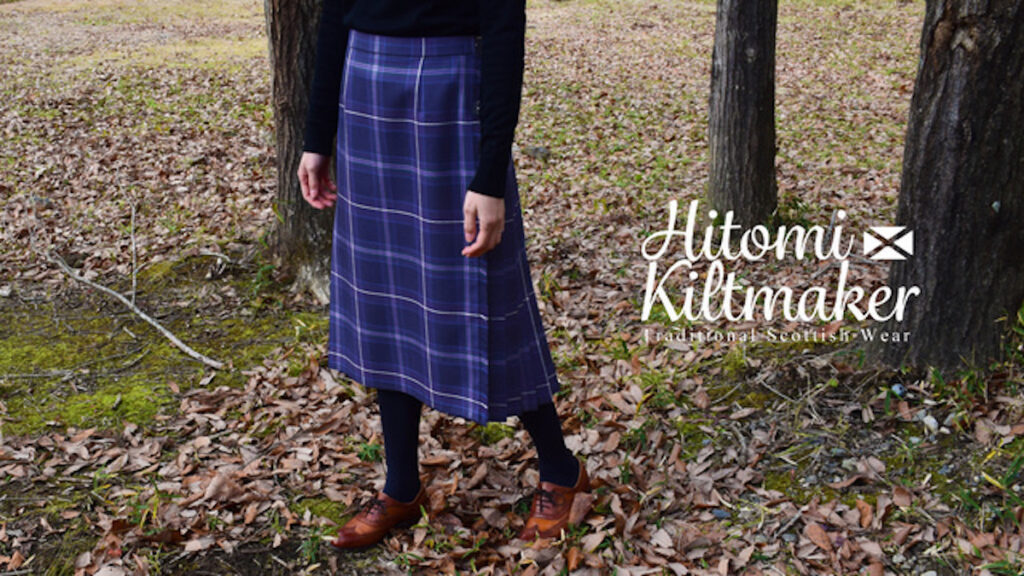


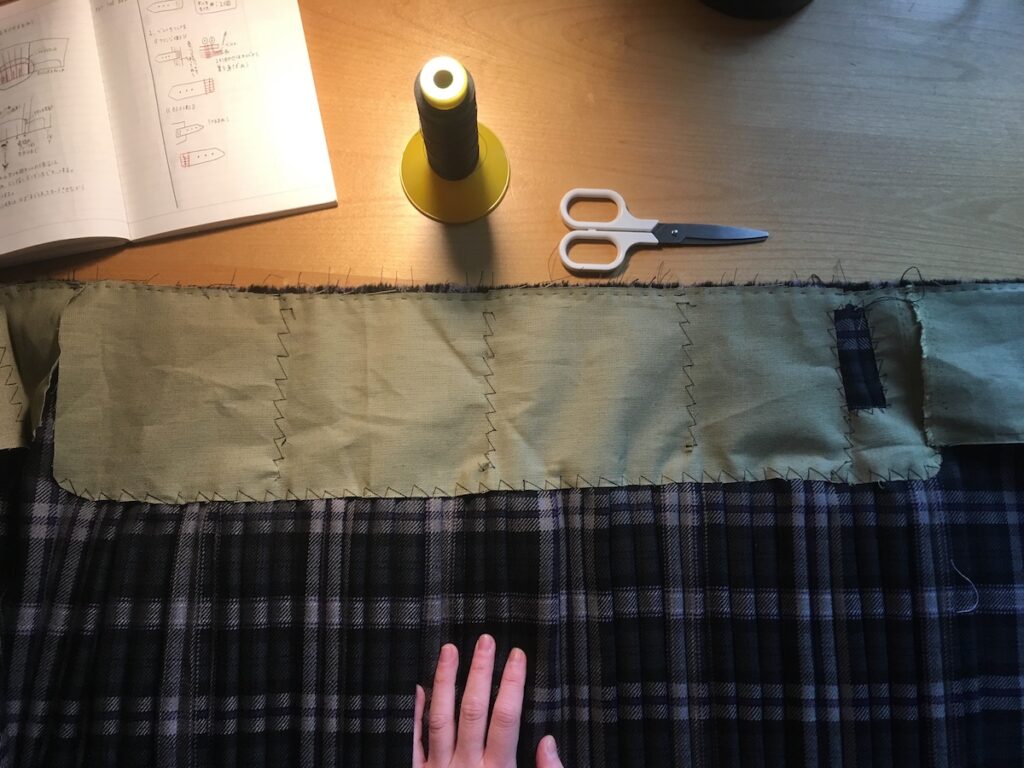
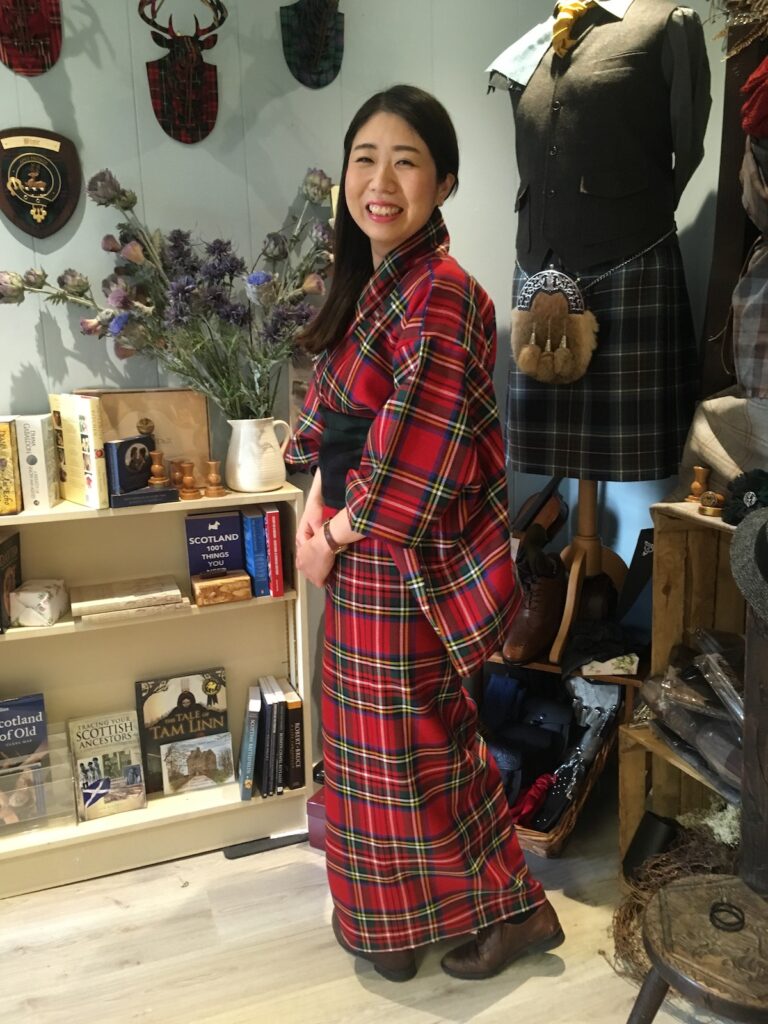












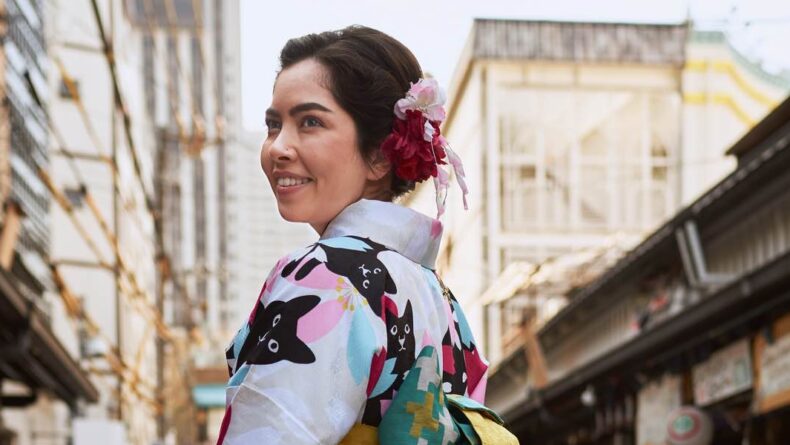
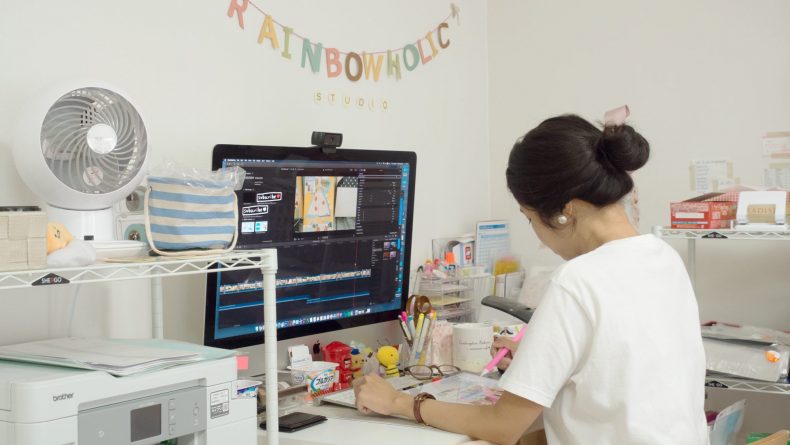

Leave a Reply